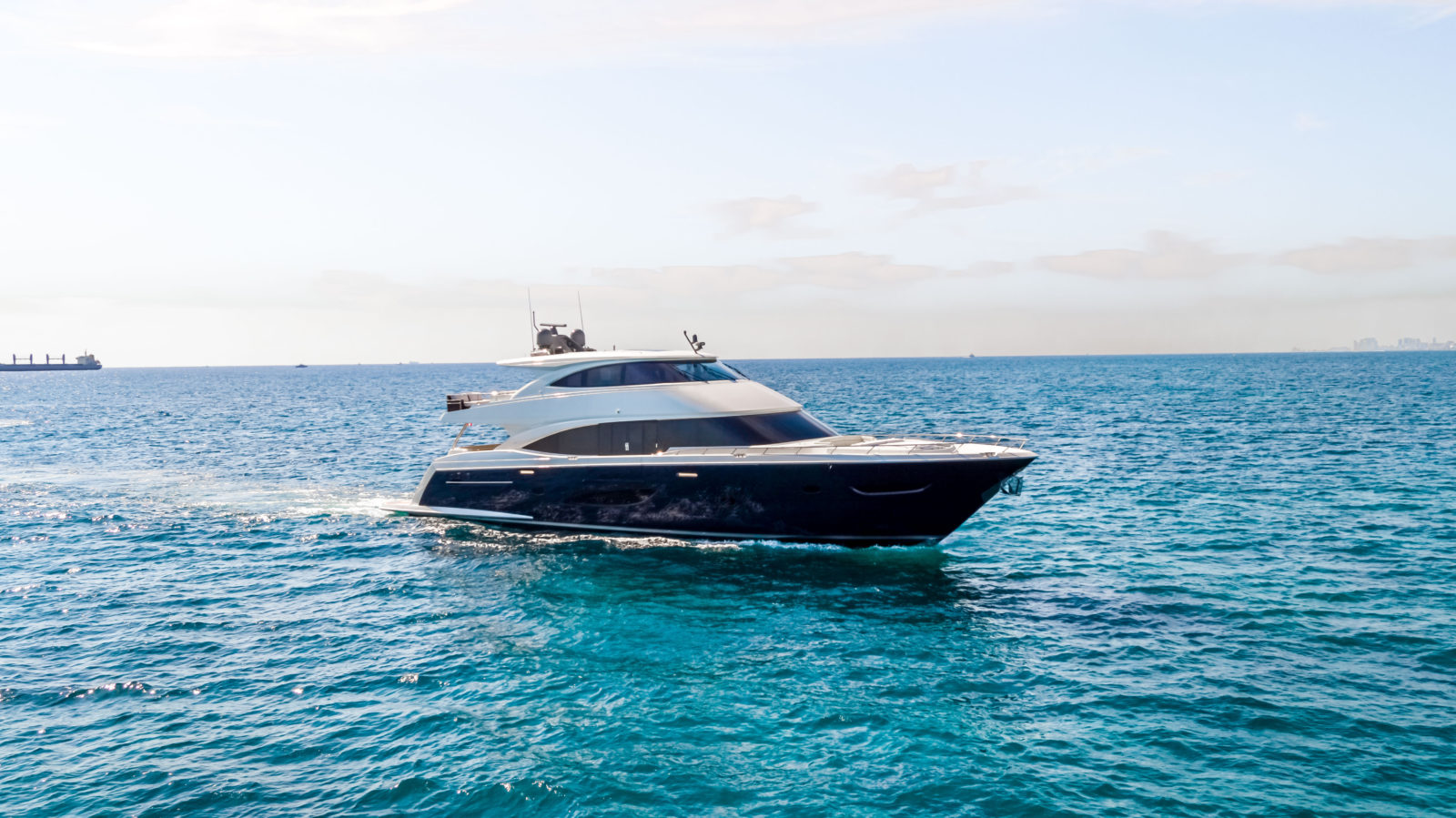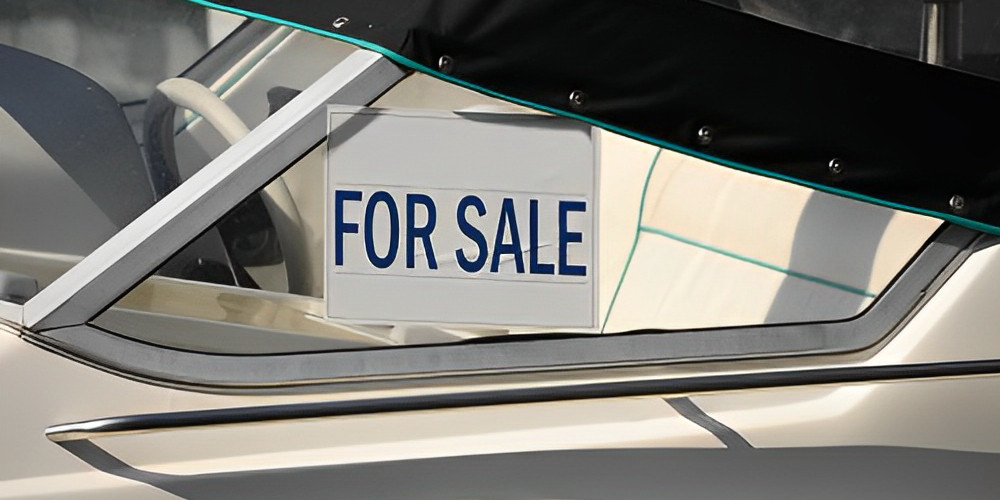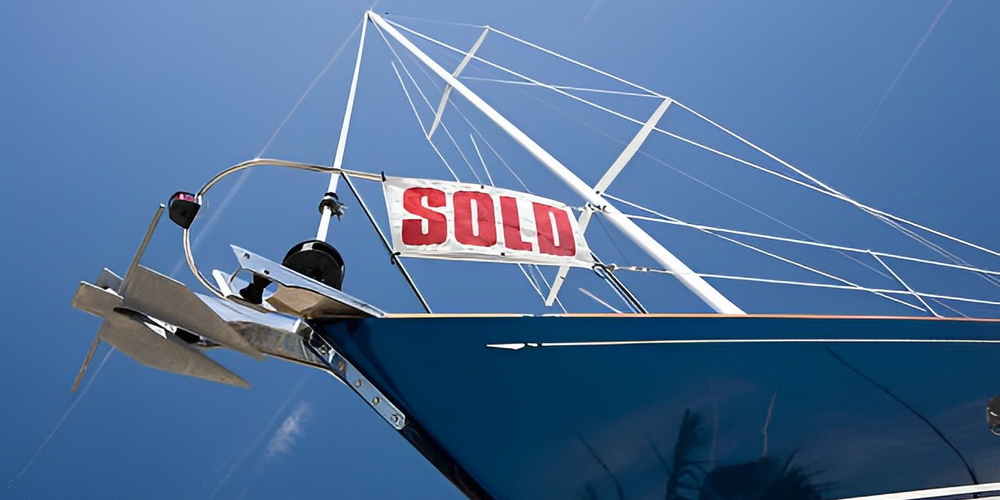Blog | The Art of the Sale


The Art of Yachts Sale with Nicholas Scherb, Co-Founder of 26 North

Very simple: Price, condition, location, and marketing. Our rule of thumb is that if you’re off the mark on one of these, it’s hard to sell a yacht. If you’re missing two, I wouldn’t even list the vessel.
The biggest factors are price and condition, which are intimately tied to one another. A well-maintained yacht at the correct price will sell, period. And the faster we sell a yacht, the more the owner saves on operating and carrying costs. Depreciation can be more than one percent a month, so if we sell a yacht in one month that would take someone else ten, our commission has paid for itself.

Similar to real estate, we look at market data and comps, but unlike real estate, we also use depreciation models. Over the last 11 years, we’ve built our own models that are updated annually, which is why our sale prices end up close to our depreciation schedules. The yacht market is naturally efficient and boats almost price themselves.
Engine hours matter less if the yacht is well-maintained. For example, we just sold a vessel with 22,000 engine hours, but the owner stayed on top of all maintenance, so those hours really didn’t impact the price. Boats die more from lack of use than overuse.
Yachts sell faster and for more money in South Florida – even more so at 26 North Yachts. Over the past 18 months, our timeline from listing to sale has been just 3.1 months, while competitors take an average of 10 months or longer. South Florida is the yachting capital of the U.S. with year-round activity, and buyers travel here to see boats in person. If the vessel is here along with others, buyers are more likely to step aboard for a showing than if they had to make a special trip. The region also offers easy access in and out of open water and is home to a ton of maintenance professionals, tradesmen, and specialists. So yes, location matters, but there are exceptions. We just sold a yacht in Cleveland – the nicest in its class – and built shipping costs right into the sale price.
Since, as I said, showings are such a big factor in the sale process, I recommend decluttering the vessel as much as possible, keeping it very clean and waxed, and eliminating odors. You can’t smell a picture, but if you step onboard a yacht and it stinks, that’s a huge turnoff for any buyer. Also, ensure carpets and soft goods, like cushions, are in good condition.
I can’t speak for other brokers, but at 26 North Yachts, it all starts with great content, like high-def photos, action videos, and drone shots. Social media is becoming more and more relevant to our market, too, and today’s buyers are absolutely using it to look for boats. We also market to a large email database of clients and potential buyers. With consistent exposure to a qualified market, we increase the yacht’s chances of selling quickly and for top dollar.

Brokers making calls to potential buyers and other brokers is a big part of how we sell so quickly. In fact, we treat outside brokers like we would treat a buyer. They’re as important as any client. In addition to widely marketing each listing, we’re constantly thinking of who in our network of buyers and brokers would be a good fit for the yachts we represent.
As a seller, knowing and trusting your broker is critical. This can be a very human and emotional process. I’m proud that our brokers and I show up for 99 percent of showings. It lets clients know we’re serious and committed. Our job is to do everything possible to minimize time on the market and maximize the owner’s net proceeds.
Once we market the yacht, receive an offer, and negotiate the final price, we move on to inspections and surveys. This is a chance for the buyer to perform due diligence, such as an electrical inspection, engine survey, and sea trials. Once that’s done, the buyer submits an “acceptance of vessel” and the deal goes hard. Then it’s closing time, but yacht closings involve many entities because of where it’s flagged, where it will be docked, where the owner lives, and so forth.

We collect a 10 percent commission from the seller’s final price and split that even with the buyer’s broker. In the past 18 months, though, 26 North Yachts have done 32 percent of our deals in-house, representing both buyer and seller. That’s a testament to how effective we are and how much trust and loyalty we’ve built.
The main reason is that in our industry, 60 percent of buyers come through outside brokers. If the seller side is offering a cut-rate commission, brokers won’t bring their clients to the table. At the end of the day, keeping brokers incentivized through good commissions is what keeps the yacht market moving. Plus, a broker who agrees to a commission below market rate will almost certainly cost the owner significantly more than a broker that knows his value, and we have complex data to support this.